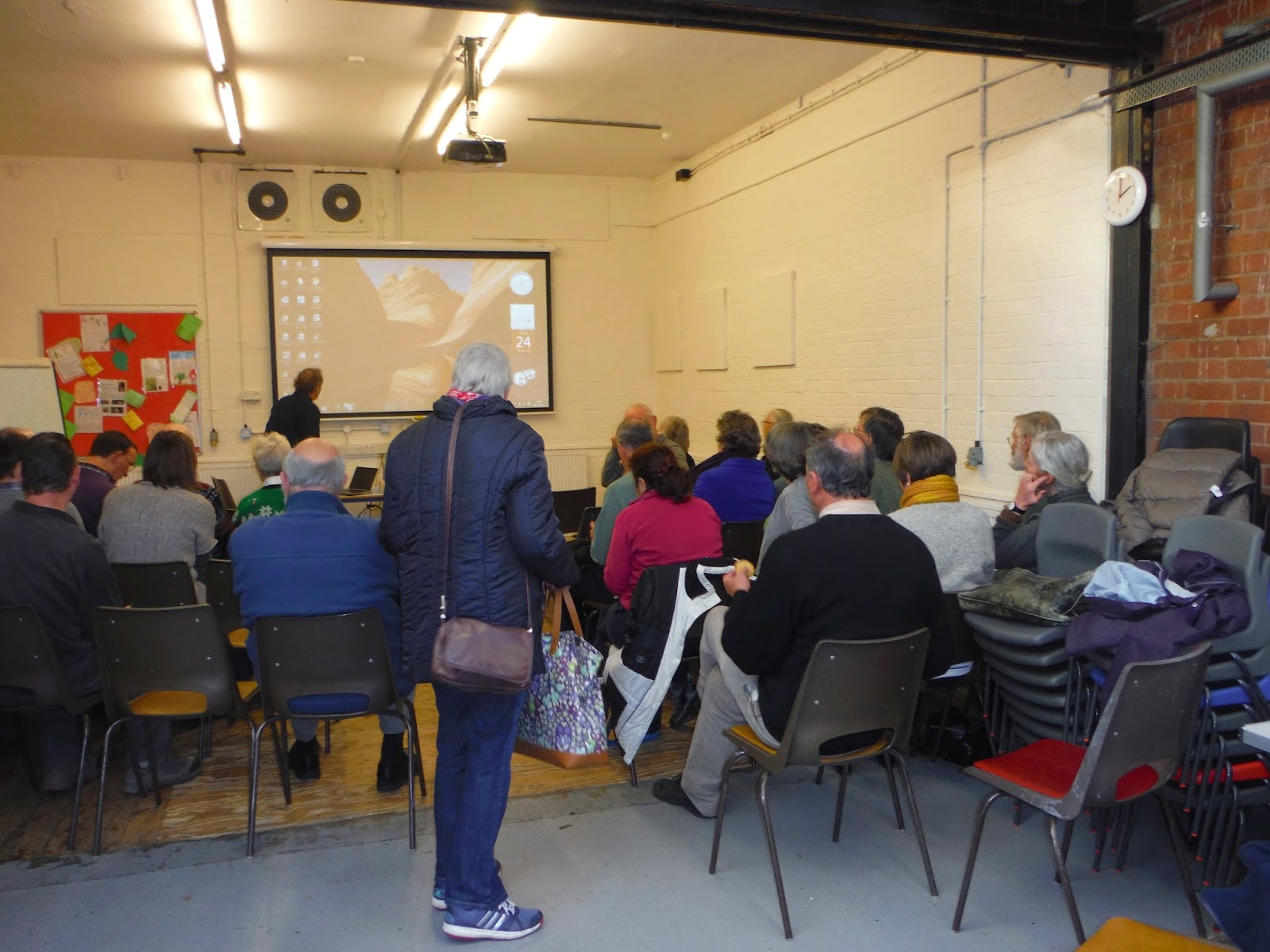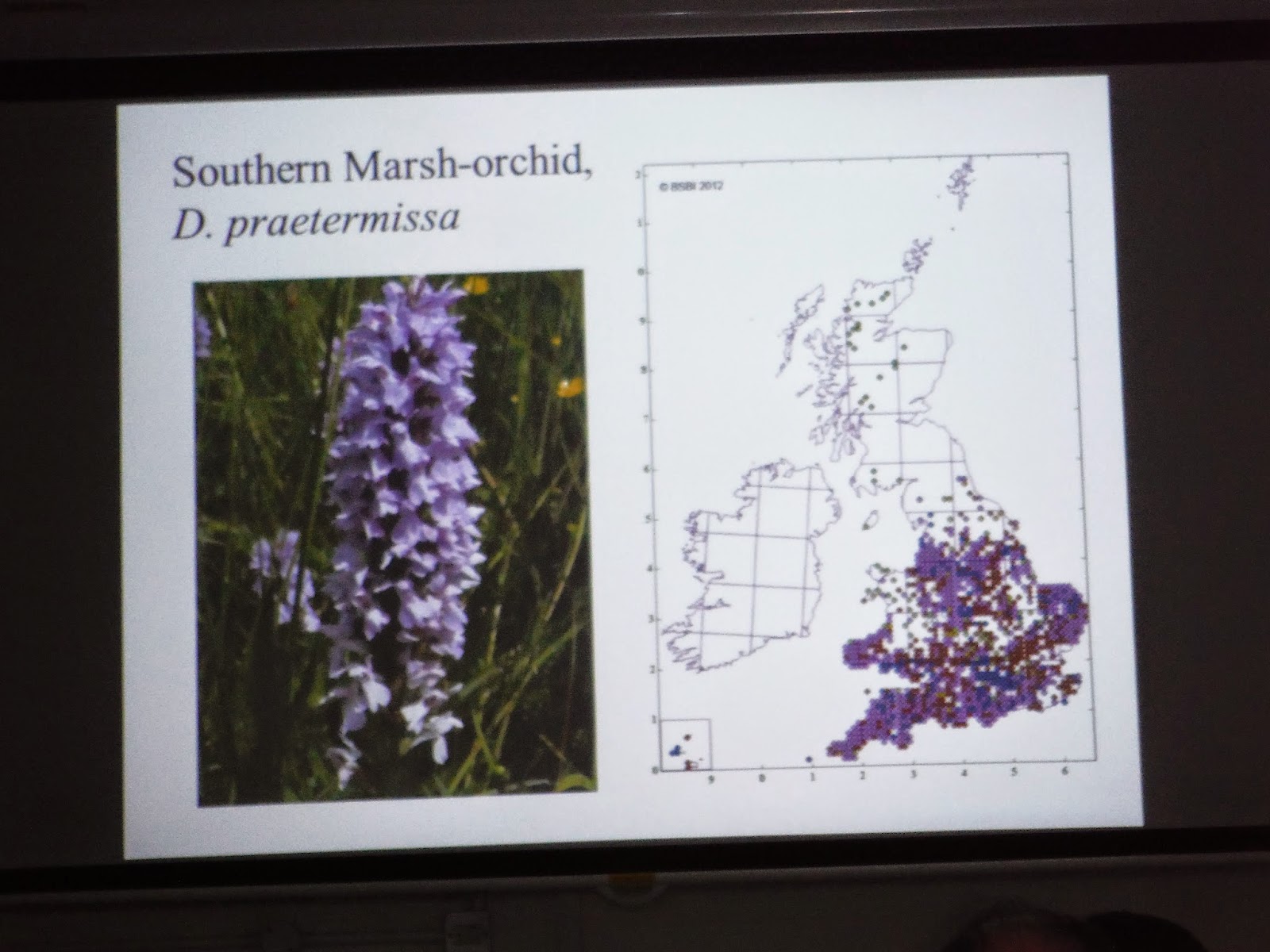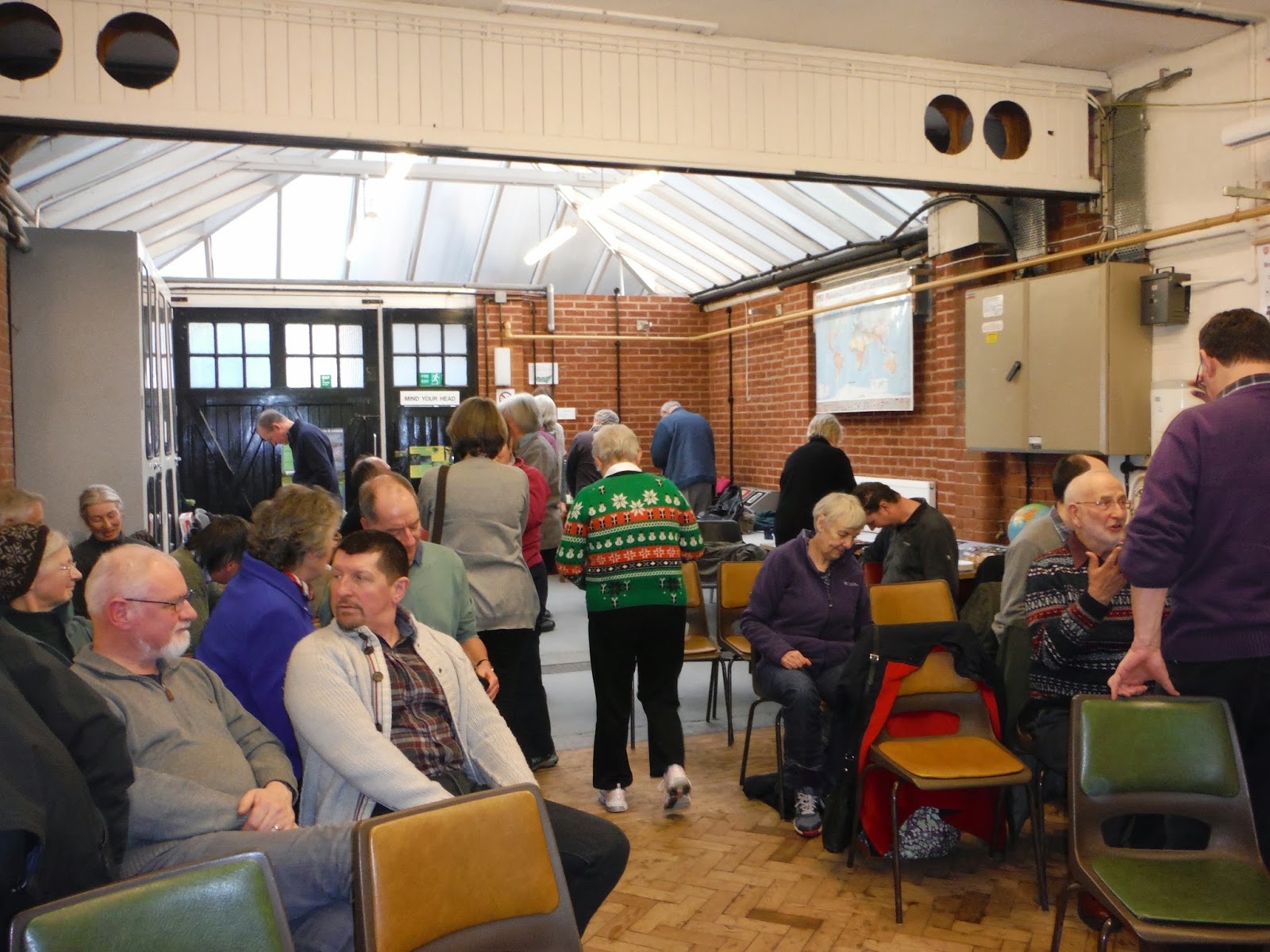 |
Marsh Thistle Cirsium palustre in Hove
Image: P. O'Brien |
The second of the prizes awarded to one of our New Year Plant Hunters is the Phil Collins Tribute Award for recording plants on two landmasses. Phil gathered a lot of media attention back in the day, following his famous flight on Concorde to perform at the Live Aid concert in the UK and the USA.
Botanist Phoebe O'Brien didn't find any photographers waiting for her when she flew back to Galway after botanising in Hove, so she will have to settle for the acclaim of News & Views and one of my Plant Hunt prizes: the chance to air her 3 botanical wishes on these pages.
But first - which plants did she find and how did her list of species flowering in Galway differ from those blooming in Hove?
 |
Most spp. recorded in the Plant Hunt
were in the Asteraceae family.
Image: P. O'Brien |
Phoebe said "I’m quite embarrassed that I somehow managed to pick two
incredibly sunny days in two beautiful cities for my New Year Plant Hunt, while
other recorders seemed to have battled gales and climbed mountains in the name
of Botany.
"My first location was in Brighton and Hove, where I was
visiting family for New Year. Naturally none of them fancied a bit of a stroll
on the 2nd January, they know my ways by now!
"I started searching for flowering
plants along the pavements and seafront of Hove, then worked my way towards
Brighton, looping via St Anne’s Wells Garden with only planted Tricornered Leek
Allium triquetrum in flower and back
to central Hove. I was hoping the habitats would be somewhat comparable to
Galway.
 |
Campanula poscharskyana flowering in Hove
Image: P. O'Brien |
"Two days later I headed out in Galway City walking from Hidden
Valley, through Wood Quay, across the river Corrib to the University campus, then
walking down the canal to Nimo’s Pier, turning up through the Claddagh and back
through the centre of town.
"The first wild flower I came across in Hove was Trailing
Bellflower Campanula poscharskyana. Bellflowers are very common along the pavements and walls of both Hove and Galway and can be quite a challenge to identify, but the one I found in flower in Galway proved on closer examination to be C. portenschlagiana.
 |
Campanula portenschlagiana in Galway
Image: P. O'Brien |
This
was swiftly followed by Annual Mercury Mercurialis
annua, something I would not expect to see in Ireland at all. I have a
secret passion for the Euphorbiaceae and was not surprised to find plenty of
Petty Spurge Euphorbia peplus
flowering in both cities.
"Other plants flowering in both towns were Senecio vulgaris, Arrhenatherum elatius,
Bellis perennis, Capsella bursa-pastoris, Cymbalaria muralis, Dactylis
glomerata, Petasites fragrans, Poa annua, Sonchus oleraceus, Stellaria media,
Taraxacum officinale. Basically all the usual suspects!
"In Hove the Parietaria
judaica was flowering while in Galway it wasn’t. Hove also had one of my
favourite plants in flower Pseudofumaria
lutea, a species unknown in the West of Ireland. Polygonum arenastrum, Cirsium palustre, Ranunculus repens, Senecio
jacobaea and one rather bedraggled Hordeum
murinum brought my total for Hove to 20.
 |
Petasites fragrans flowering in Galway City
Image: P. O'Brien |
"In Galway there were 22 plants in flower, with no surprises
in the additional species to the ones mentioned already: Agrostis stolonifera, Cardamine flexuosa, Lamium purpureum, Lapsana
communis, Veronica persica and an escaped Calendula officinalis. I noticed in one garden that Nasturtiums were
happily flowering, which I suppose shows how little frost there has been here this
winter.
"In both locations I checked shingle communities and found
that only in Galway were Raphanus
raphanistrum subsp. maritimus and Tripleurospermum
maritimum bravely in flower.
"One thing that pleased me in a way only botanists
might understand was finding a few Sea Beet plants growing outside a garage on
Farm Road in Hove, two roads back from the beach and quite isolated from other
coastal plants".
Thanks Phoebe and congratulations on winning the Phil Collins Tribute Award - your 3 Botanical Wishes for 2015 will be in the next post.





















